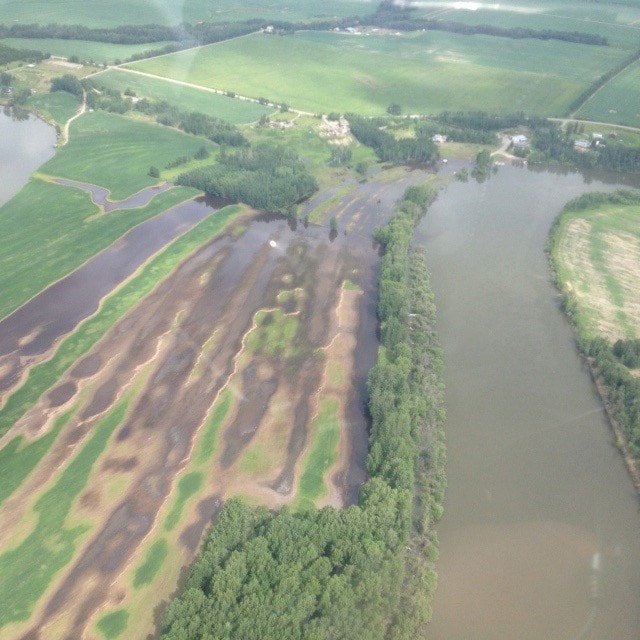As you are probably aware, Vanderhoof experienced significant flooding earlier this year. Larger floods were experienced in 2007, and there was a near flooding event in 2010. This was brought about by what I believe is the inability of Rio Tinto Alcan (RTA) to operate their water control facility to control the flows of the Nechako, and climate change.
As it stands right now, the level of water behind the Kenny Dam is 6ft higher than it was this time last year, and the water release from the spillway has ben reduced. This is also an El Nino year of almost unprecedented proportion that will mean more precipitation in the catchment of the dam.
Questions need to be asked of RTA as to what their water management plan is for this season, and what assurances can they give to the other stakeholders in the Nechako watershed that next years flows will not result in floods again.
The bigger concern downstream from Vanderhoof is what could happen with a really big flood situation. The snowpack this year was only 120% of average, yet caused huge impacts. We will certainly have snowpacks in the 180%+ range in the future, and these could cause huge flooding in Vancouver and everything upstream. RTA has based all its water management plans on the last 40 years of weather data. This has no bearing on the “now” weather due to climate change, and the effects of the beetle killed trees in the catchment area of the reservoir!
Premier Christie Clark was only a week ago recognising the effects that climate change is having on the fire situation in the Province. We have related, but opposite problems. The water license that RTA has acquired with its purchase from Alcan has only one purpose stated “to generate power for industry in the NW of the Province”. All other values, life, property, environmental etc. are not included. Therefore RTA doesn’t have any responsibility for any of these. Of course, this license was issued in 1949. That is when we had flourishing Residential Schools, nuclear arsenals ready to use, etc. Values have changed since then, and it is obvious that this license must be modified to account for stakeholders in the water of the Nechako. There is precedent for changing the license as “Kemano completion”, part of the original license, was quashed by the NDP Government that took over in the 80s.
This is a big, and complicated story that has been evolving over decades, and will no doubt continue for a while yet. Getting public knowledge of the situation, and appreciation of how things could be changed, hopefully to the advantage of all parties, needs to be part of the equation.
Paul Collard
